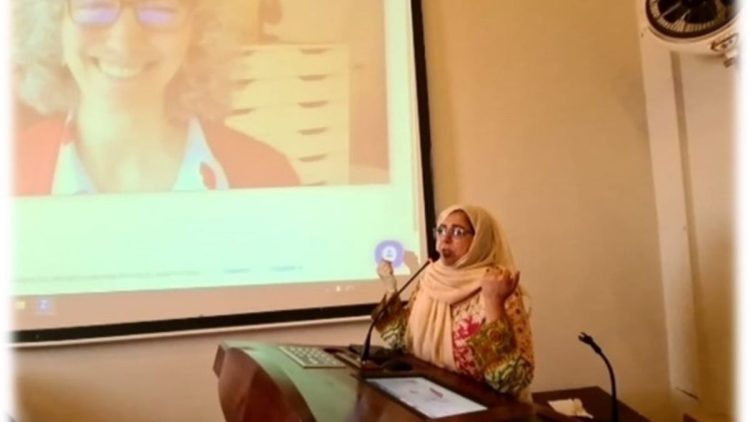The overhaul of arbitration rules in order to adapt to different issues is of primary interest, in order to promote the place of the arbitration practise in a market where competition is increasing.
However, the hypothesis of judicialization, which translates the transformation of an informal process into a formal one, invites us to question the fate of arbitration, i.e. is it still considered as an alternative to long and costly legal proceedings?
To counter this effect of judicialization, institutional rules, the main actors of the international arbitration community, have been invited to rethink the arbitral process. Implementing changes to increase the efficiency of the procedure could possibly usher in a “new age of arbitration”.
What changes, then, might promote efficiency in the arbitration process?
Efficient conduct of proceedings is often conceived of as the mere desire to arrive at an award as quickly as possible without regard to the quality of the award and the whole process. It would be better to say that the aim of arbitration is to achieve a quality, well-reasoned award, while at the same time ensuring that the process is quick and cost-effective. One example of initiatives that arbitration rules have implemented to promote this efficiency is mediation, whose complementary role can be very beneficial.
One of the consequences of the phenomenon of judicialization of arbitration is the rise of amicable dispute resolution, and more specifically mediation. The introduction of a peaceful procedure in a process known for the confrontations it generates will perhaps bring more efficiency. In this regard, a new arrangement put into practice by the SIAC Rules in collaboration with the Singapore International Mediation Centre (SIMC) is called the Arbitration-Mediation-Arbitration process.
Procedure of arb-med
In the first instance the parties will proceed to arbitration, but an attempt will be made to mediate in order to resolve the dispute amicably. If this fails, the arbitration will be resumed to finally arrive at an arbitral award. We can summarise this process as one in which mediation is attempted in the course of arbitration proceedings. This three-stage process can be reduced to two. Indeed, if the mediation results in a settlement of the dispute, the parties do not need to return to arbitration. In addition, they will be able to enforce the award that is made. The latter will be considered an award by consent and can be enforced like any arbitral award.
However, waiving arbitration in advance is a question that often arises. But this will defeat the whole point of the process. Indeed, it should be noted that arbitration will be replaced by mediation only after the exchange of documents between the parties. By proceeding in this way, the constituent elements of the dispute will be defined, the parties will be able to better understand each other’s positions, inciting them to peacefully undertake negotiations in order to reach an amicable settlement.
Regarding the effectiveness of this process, it should be noted that arbitration alone poses problems of cost and lack of speed. What happens if we add an additional procedure such as mediation? The answer seems simple. Indeed, on the one hand, the mediators’ costs are not as high as those of the arbitrators, and on the other hand, if the parties manage to resolve the dispute at the second stage, i.e. through mediation, they will gain in costs and speed.
This innovative arrangement concerns only one arbitral institution; however, other rules encourage the arbitral tribunals that are set up under them to try to guide the parties to the dispute to resolve their dispute amicably. This is the case of the ICC Rules in Appendix IV (h) on case management techniques, which states that in order to settle the dispute, the parties should be “encouraged to consider settling all or part of their dispute by negotiation or by any other method of amicable dispute resolution such as, for example, mediation conducted in accordance with the ICC Rules of Mediation. The AAA Rules, on the other hand, propose the opening of a “mediation window” during the course of the arbitral proceedings. In order to encourage parties to settle amicably, the AAA Rules provide that no additional costs will be incurred by parties who choose to mediate during the course of the arbitration.
Several other processes can be mentioned, such as parallel mediation, but the idea shared by all these innovations is to achieve a more efficient resolution of the dispute in terms of costs, speed, but also socially and ethically. Indeed, by negotiating in a calm atmosphere, the parties will have the opportunity to seek options and solutions that meet their respective needs.
Learning to use these two methods of dispute resolution can be a real step forward, all in the common interest of the parties.







































